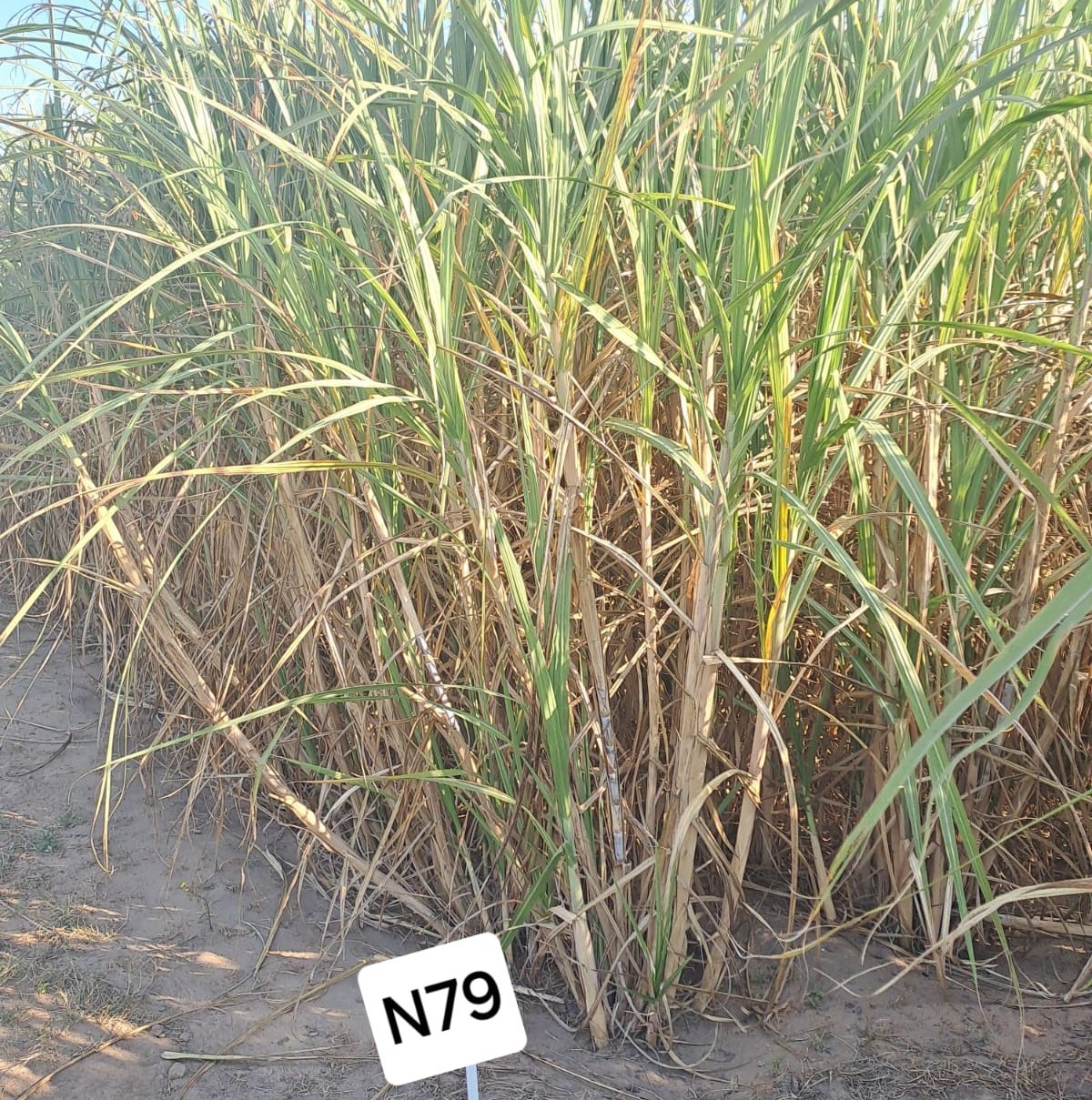Optimising variety selection for coastal growers
Choosing the correct variety is one of the most important decisions for sugarcane growers, as this has an impact on profit. The choice of variety is influenced by many factors such as cutting cycle, soil type, climatic conditions, and management practices. These factors are often considered during SASRI’s variety evaluations trials, which assess yield potential, pest and disease resistance, and the variety’s adaptability to different growing environments.
At the RD&E workshop held earlier this year in Zululand/Umfolozi, growers raised concerns regarding the suitability of newer sugarcane varieties for shorter cutting cycles. Their observation highlighted the need for varieties that can thrive in a short cutting-cycle (12–15 months), with a preference for options beyond the traditionally long cutting-cycle varieties (15–18 months).
SASRI has already released six varieties—N64, N67, N72, N76, N77, and N79—that are specifically suited to short-cycle coastal growing conditions. While historically dominant varieties like N55, N58, and N59 were bred for long-cycle conditions, they also show good adaptability on short cutting-cycle in the coastal region. Over and above these varieties, a new variety, N82, will be released for a longer cutting cycle One of its parents is N58, which is currently doing well in both short and long cutting cycle, with good eldana resistance.
N82 is recommended for planting and harvesting throughout the year in coastal regions, with an optimal harvest window of 15 to 18 months. It offers several advantages, including high cane and Recoverable Value (RV) yields, excellent ratooning ability, and broad adaptability across various soil types.
SASRI continues to investigate the performance of sugarcane varieties under different cutting cycles. Variety evaluation (VE) trials have been established at UVS farms in Empangeni to assess performances of both short and long cutting-cycle coastal varieties. The results from these trials will help to better understand the adaptability of different varieties to various cutting cycles. Findings from the trials will be communicated through Extension newsletters, Variety Grower days, and local grower meetings to keep the farming community informed.
With ongoing trials and continuous feedback from the farming community, SASRI remains committed to providing up-to-date recommendations, ensuring that farmers have the best variety options for their specific needs. Growers are encouraged to stay updated through SASRI’s communication platforms, which will provide valuable insights from the latest variety trials and recommendations for different regions.

